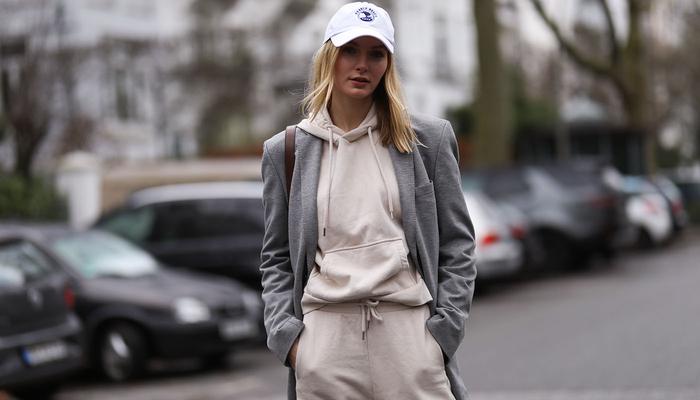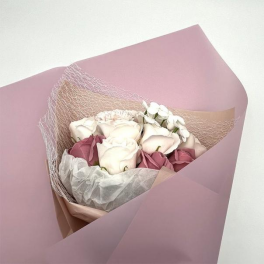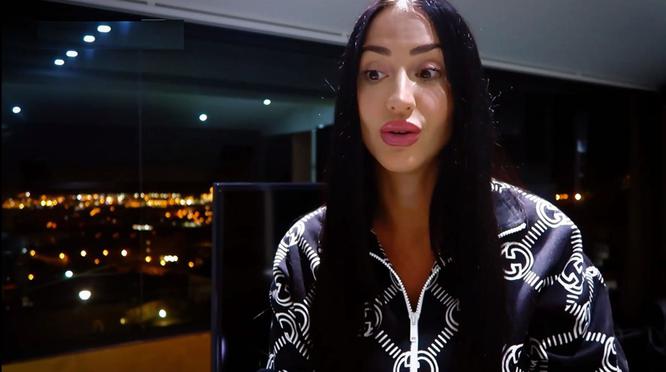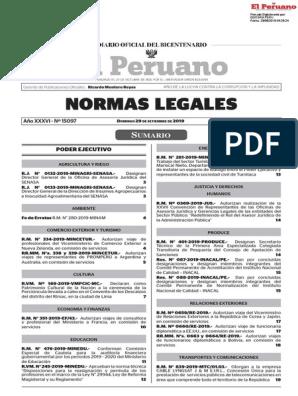Why the pandemic has forever changed our relationship with clothes
It may be that sales of what they call leisurewear (also known as beautiful clothes to be at home that are also acceptable on the street) have grown and that brands, large and small, are betting on comfortable basics to revive a turbulent year. It may also be the other extreme, that of consumption as escapism, and that some of those who can afford it are indulging in this whim so often postponed, either in the form of a luxury brand or in the form of a fanciful garment, taxable but very desirable. Yes, both phenomena, almost opposite, may coexist today, but in between, there is an unquestionable fact: fashion is not really fashion if there is no external observer. In these months of confinement, it has become a language without a receiver, or what is the same, it has completely redefined its expressive capacity, whether we like it or not, to speak, in the best of cases, only to those who put on their clothes. , with unexpected results.
"I'm wearing shoes to walk around the house of Beauty and the Beast"
That is why, beyond the new cashmere tracksuits that flood the stores, and even beyond the willpower of each one to get up every morning and put on a pair of jeans to work alone, there is what The New York Times has called hate-dressing: the absurd and unmotivated rotation of certain clothes, dressing with what has just dried on the clothesline, regardless of whether said clothes are beautiful or ugly, comfortable or uncomfortable, better or worse. Apathy sets the tone, although within it unusual uniforms are unconsciously created that, as expected, are quite far from that neat but informal two-piece that is now heralded as the new trend.
“I always wear slippers from the Beauty and the Beast mug (something that at 35 would have to be punishable by law) and even Grinch onesies. The reason? Don't lose my essence. Getting dressed, in the Anglo-Saxon dress up aspect, is not on your agenda when you work at home, but if you can have fun doing it, even if it's putting on a quirky hat with your pajamas, you're still yourself. And that is, in the end, what matters, not if you wear a turtleneck sweater to be presentable in Zoom or if you paint your lips red to write for 10 hours in the most absolute solitude, "explains Marita Alonso, editor fashion freelancer who has been caught by the pandemic with many years of telecommuting behind her. “When you've been working from home for a long time (and you don't depend on social media likes), you don't go out of your way to create a stunning look, but you do want to give it a personal touch. In my case, I do it with irony and humor, which work like my Diazepam”, she admits.
The idea of dressing for oneself is not necessarily linked to extreme boredom, but it is, and a lot, to the breaking of codes. It is now ok to buy Crocs and repeat outfits almost on a loop (even for celebrities). Many did not even know that these structures were present in their daily routines and now they are realizing it. “In my life, a variant that I had never used has entered for the first time: that of the tracksuit of a lifetime. I was gaining experience without realizing it: from never having worn it in my life to knowing how to combine it with other clothes to watch TV, go down to the supermarket or go out to dinner with friends. It's not the prettiest or the most comfortable, but I've gotten used to it," explains Juan Marrero, PR for luxury brands who, unlike Marita, did have to start working from home this year. “Four pieces of clothing are enough for me,” he points out, “chosen a bit at random but they are already my uniform. When I go back to the office to work I don't dress up especially, I've never done it, but it is true that the tracksuit world, although I don't use it in face-to-face work, has opened up a world of possibilities for me, also the street, "he argues .
“We are no longer sure what to wear to go out on the street”

Thus, while marketing departments give a lot of thought to what consumers want in their wardrobes, many of them appeal, almost unconsciously, to a mixture of apathy and improvisation as inexplicable as it is creative and of course impossible to monetize. As much as they want to instill in us macro trends or capture the spirit of the times, for the first time in a long time clothing choices are born from more intimate than social emotions. Ultimately, no one knows what they want. “I think the point is that no one thought this would last,” says Carlos Primo, Icon's fashion editor-in-chief. “There could be clothes for events, to travel, to work… a compartmentalization that is built over time. But here there has never been a clear horizon. If you add the psychological element, it is normal for that to happen”, he comments. “We have been improvising, in my case with a wardrobe that has been made up of clothes that I would not wear anywhere else and, over the months, we have been putting on the turtleneck sweater in the fall, the jacket when there are meetings… but it is a locker room that we are willing to get rid of, because it generates a somewhat visceral reaction, ”he adds.
Another Anglo-Saxon medium, in this case Esquire, coined the term sadwear (sad clothes) to refer to all those garments that define the current moment. He did, however, to illustrate a gallery of seasonal garments: very comfortable but with innovative prints and fabrics. The reality is very different: “At the beginning of the confinement I made my looks to distinguish between work hours and leisure hours. If I had energy I would wear pants, if not, a sweatshirt over my pajamas. When we got back to the office I got dressed more, it was new. Over time I found myself wearing a shirt that used to be my pajamas with dress pants and vice versa. And it is already difficult to distinguish between house and street. Sometimes I try on dresses that I haven't even worn and I look ridiculous. It will be very difficult to get out of that state of mind, even when everything is over”, comments Iria Domínguez, head of fashion communication and accustomed to dressing for years with avant-garde trends and niche brands. Her thesis is reinforced by Carlos Primo: “We are no longer sure what to wear to go out. Before we had everything compartmentalized according to circumstance and now we react by muffling it,” she says. "We dress as if we were permanently hungover," says Iria. “If you have a good day, heels with a sweatshirt, and if it is a very good day, you may even wear a necklace. We have taken the definitive step by mixing fashion and emotions. We are like a walking meme; what we wear transmits what we feel”.
"I bought the spiked heels from Balenciaga and I look at them as if they were a work of art"
Meanwhile, the trends for the next season that are proposed from the catwalks invite escapism. There is comfort, of course, but also children's colors and prints or dreamlike volumes. It may seem crazy, but it's not. There is a kind of internal dynamic that makes us want what we literally do not have. “I have that state of mind that tells me I don't need anything, and I haven't bought much of anything. Look, I bought the spiked heels from Balenciaga. It is likely that I will never wear them, sometimes I try them on at home, but I wanted to buy something that is iconic for me; They are shoes with a lot of aesthetic meaning, now in this situation it is as if I had bought a piece of art”, says Iria. «I have bought more than ever during the last year, although I am aware that I go out less than ever. I'm not talking about tracksuits and pajamas: I've bought dresses and bags that aren't meant for Zoom meetings or microwaving coffee. I think that fashion serves as a catharsis: if I can hardly leave the house, why would I refuse to have nice clothes? Buying to reduce sadness is the product of capitalism, I know, but at least I don't need a prescription to buy some ankle boots. So yes, I have bought more accessories and designer clothes than ever before just when I have fewer opportunities to wear them. It's stupid? Without a doubt, but I think that if you spend 200 euros on a sweatshirt, that purchase does not make much sense because you are going to buy it to go to dinner with friends, "adds Marita Alonso.
The return to normality in terms of clothing is seen as a medium-term task. It will happen, but by then our relationship with clothes will have changed. After all, we have experienced what it feels like to dress so that no one sees you, blurring the lines between public and private, and choosing garments with criteria that range from extreme apathy to pure aesthetic desire without context. “It is that for the first time we have almost the same in the closet as a year ago. Now, with the perspective of the seasonal change, I have been selecting part of my clothes to work; neither tracksuit nor pajamas, a decent middle ground”, comments Carlos. “Aside from my newfound expertise with sportswear, I've been wearing a hunting jacket and a Barbour a friend gave me all winter. And I look great. Who was going to tell me”, adds Juan.
Tags: Basics|Tracksuit|Coronavirus

